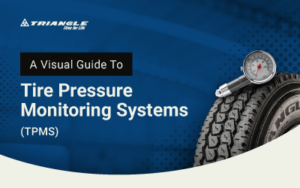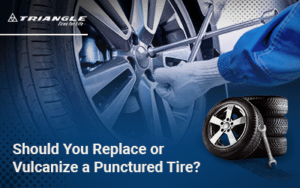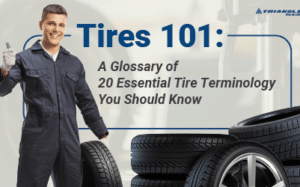As a driver, the last thing you want is to get a flat tire while on the road.
Besides being inconvenient, buying a new tire can be expensive if you’re short on cash and out of spares. Tire vulcanizing is a cost-effective way to fix a flat tire. However, they do come with compromises to safety. This blog will delve into crucial details if you’re considering tire vulcanizing.
What is Tire Vulcanizing?
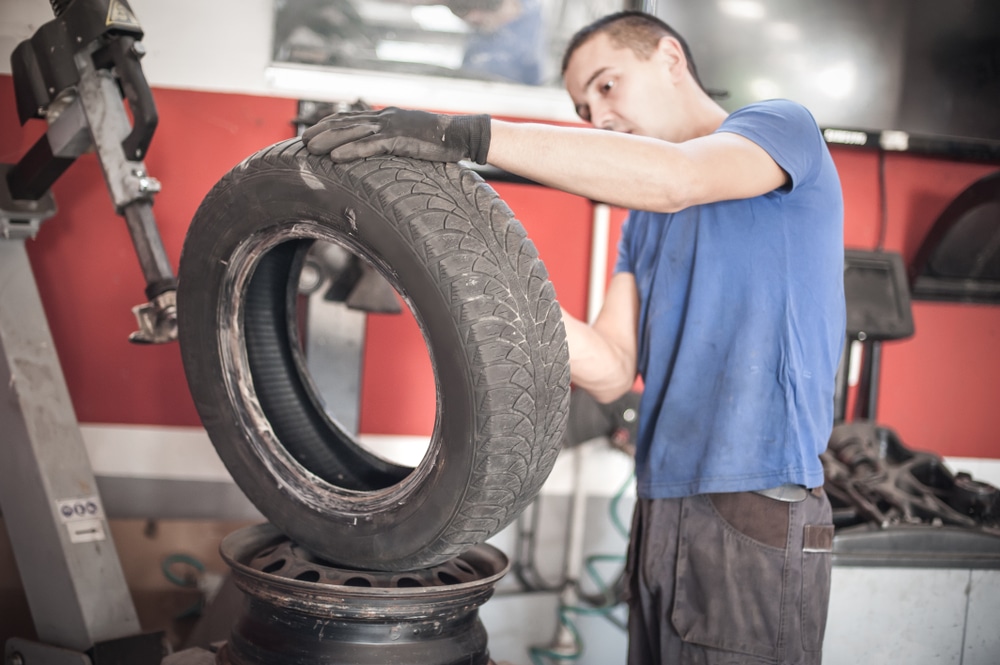
Tire vulcanizing is the process of repairing tire cracks and punctures by applying a rubber patch to the damaged area and then subjecting it to heat and pressure. It ensures a strong bond between the patch and the tire for long-lasting repair.
There are two vulcanization methods, namely:
- Hot vulcanization involves bonding two rubber materials by applying heat and extreme pressure, forming strong chemical bonds for heavy-duty products like tires. It’s also the most common way to vulcanize rubber.
- Cold vulcanization uses chemical adhesive to form a strong bond between rubbers. It’s handy for DIY repairs if you do not have the equipment that produces high heat or pressure.
3 Types of Vulcanizing Repairs
The vulcanization method is applicable in three tire repair scenarios.
1. Section repair
Section repairs reinforce the tire even after severe damage, such as cut tire cords. It involves filling the damaged area with rubber and vulcanizing the section, forcing the rubber into the cavity and sealing it.
2. Spot repair
Spot repairs are ideal for relatively minor external damage, like cracks. A tire technician files the damaged area, fills it with a raw rubber patch and sulfur, and then subjects it to high-pressure heat to bond the patch with the tire.
3. Stripping
Repair shops often use stripping when damage occurs around the tire’s inner surface, especially if wear and tear expose its cords. The process involves applying a thin layer of rubber to the damaged area and vulcanizing it with sulfur to seal it permanently.
Pros and Cons of Vulcanizing a Tire
Tire vulcanization is one of the most efficient and affordable ways to repair a damaged tire. However, it significantly impacts the rubber’s integrity and increases the risk of road accidents.
Consider the following advantages and disadvantages before taking your tire to a vulcanizing shop.
Pros:
- Is more affordable than a replacement – Repairing a section of a tire is much cheaper than replacing it entirely.
- Repairs damages fast – Tire vulcanization generally lasts 10 to 15 minutes, depending on the number of punctures, damage extent, and tire size.
- Maintains even wear across the tires – Repairing damaged tires instead of replacing them ensures they all wear down at the same pace.
Cons:
- Increases safety risk – Even if you address your tire’s damage, the repair may compromise the rubber’s integrity. It also increases the chance of blowing out, which may be dangerous for you and everyone else on the road.
- Cuts the tire’s lifespan – After repair, a punctured tire has a shorter lifespan than an undamaged one. Intensive use could also cause the patched area to give out at the least opportune time.
- May void the tire warranty- Repairing severely damaged tires may be “improper repair,” which could void its warranty. Consider asking your tire manufacturer if their warranty covers the damage your tires sustained.
Can Vulcanization Fix All Tire Punctures?
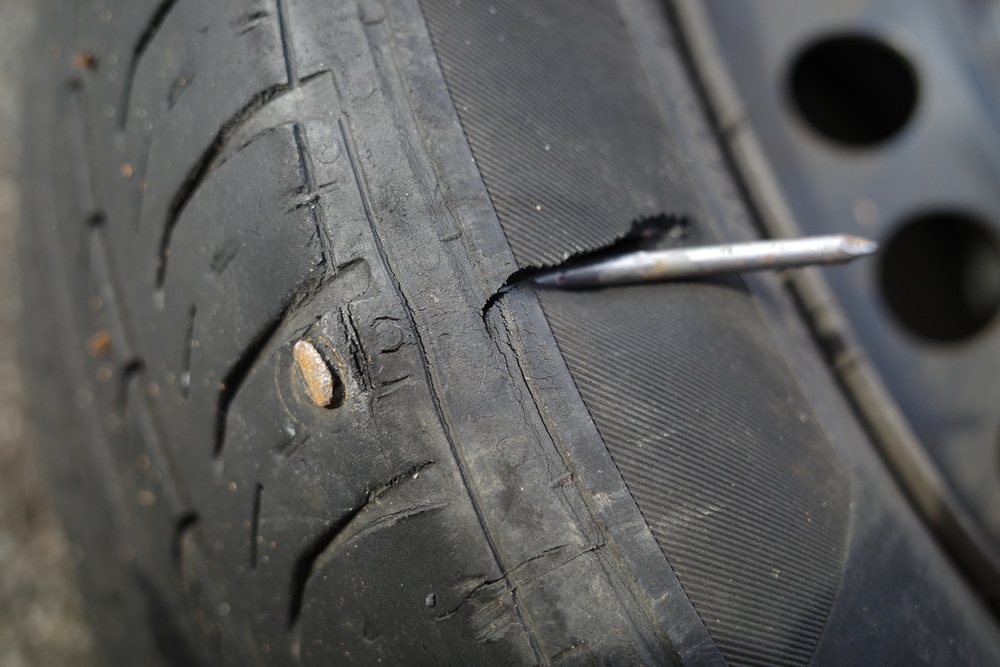
Not all tire punctures can benefit from vulcanization. As a general rule, a tire is repairable if the hole measures less than .25 inches across and within the surface patch, crown area, or puncture repair area. The damage mustn’t also overlap with older repair patches and should be at least 16 inches away from other punctures.
Unfortunately, tires aren’t repairable if it suffers from the following damage:
- Damaged or deformed bead and bead wires
- Punctures larger than .25 inches
- Damaged sidewall or shoulder
- Worn rubber
If your tire suffered from the above, it might be time to get a new tire to maintain road safety. Otherwise, you risk blowing out while driving, which could lead to potentially deadly accidents. Also, regularly conduct car maintenance and tire checks to ensure your vehicle and rubber are always in top shape.
Drive Safely with Quality Tires
Vulcanizing is a fast and affordable way to repair tire punctures, especially for those on a budget. However, no repair can revert a tire to its original state. The damage has already compromised its structural integrity, making it less safe on the road, so err on the side of caution and buy new tires instead. In turn, you can drive safely without worry.
Are you looking for quality tires that last but won’t break the bank? We’ve got your back. Triangle Tires offers a wide array of tires for various purposes—from passenger cars and light trucks to heavy equipment vehicles—available for delivery at an affordable price.
Browse our catalog or contact us and let us know how we can help!
